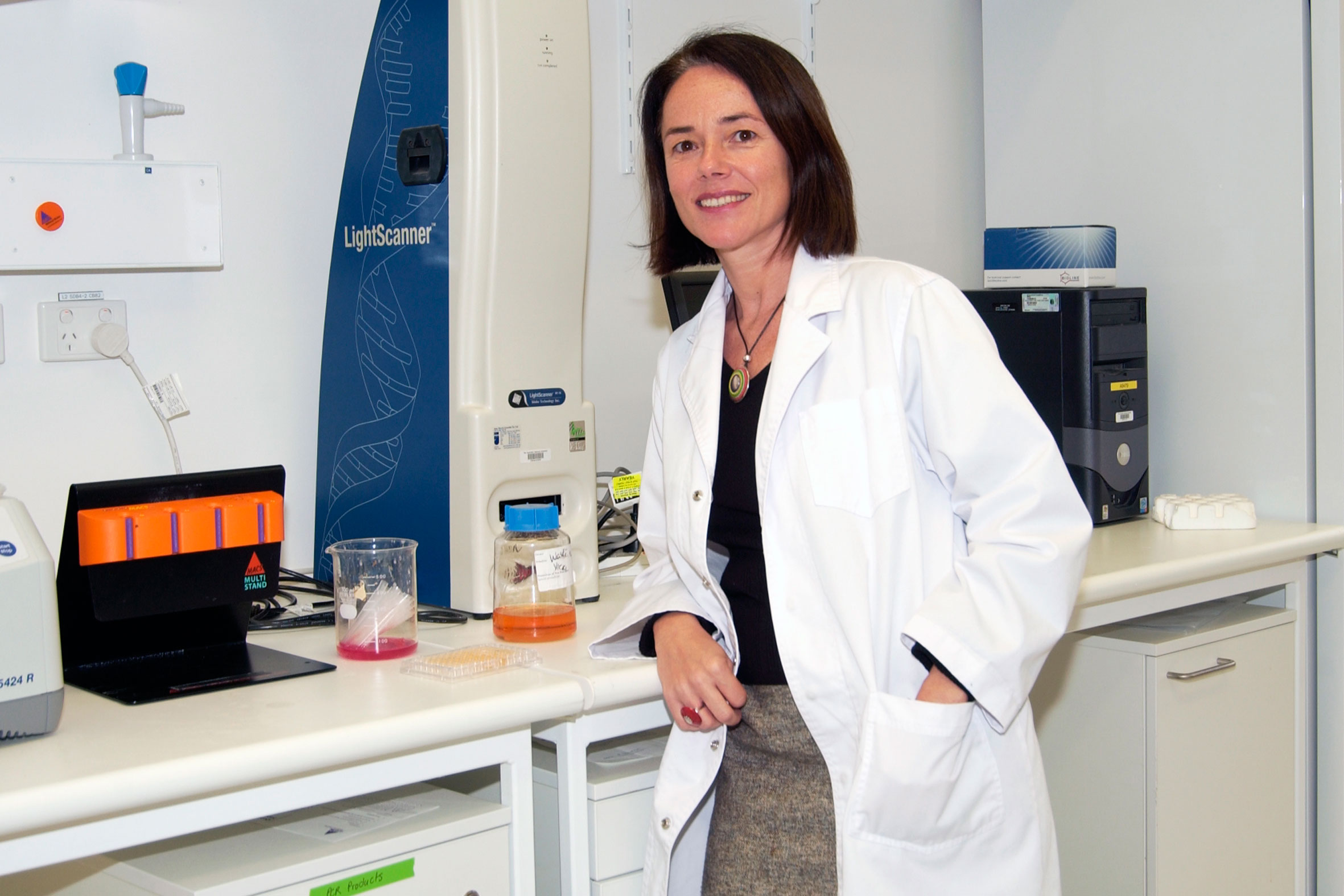A medical revolution you can be part of
If we can say that most doctors derive satisfaction from successfully treating their patients, Dr Simon Jiang is taking job satisfaction to the next level.
As a junior doctor, Dr Jiang was struck by the unfairness of children and young people enduring ineffective and toxic treatments for debilitating kidney and immune disorders, such as lupus.
Now, after completing his PhD at the John Curtin School of Medical Research (JCSMR) at ANU, his research is contributing to revolutionary advances in the treatment of lupus which could change the lives, not only of those young patients, but potentially tens of thousands more patients around the world.
“It’s what most physicians dream about,” Dr Jiang says.
It’s what lupus patients dream about too. Professor Carola Vinuesa, who has been leading Dr Jiang’s research at JCSMR, describes the current scenario for lupus treatment, one that many sufferers will be familiar with.
“Patients go down the pathway of being treated with one drug after another until one, by some chance, might work. Each of these treatments is extremely expensive, quite toxic, and chances are, some patients will never respond.”
Professor Vinuesa’s research has instead focused on sequencing the genome of specific patients to identify the mutation causing the disease, and editing the DNA of mice to replicate the mutation.
Treatments can then be trialled on the real disease that develops in these mice until an effective one is identified and applied not just to the specific matching patient but to all patients who have the same molecular markers.
“It’s the next generation of medicine,” Dr Jiang explains. “We move on from treating patients from what they appear to have clinically to what they actually have on a fundamental cellular level.
“When you understand the disease better, you can be more precise with treatment and not rely on treatments that are poisoning everything to stop one process.
“As a Kidney Specialist, I see people die from these treatments and an archaic understanding of what these conditions are. There’s a huge need to understand them better.”
As part of improving that understanding, May 10 has been designated World Lupus Day.
Managed by the World Lupus Federation, World Lupus Day raises awareness of the illness and its five million sufferers worldwide, and promotes the need for research funding, which is critical to the successful implementation of personalised treatments.
“With the knowledge we’re gaining year by year, and the technologies and discoveries that we’re making, our limits are the ability to pursue them,” Dr Jiang explains.
“It’s not a matter right now of leads, or of the number of people who are passionate about pursuing this, or can conceive of the applicability, it’s about the resources we have to pursue them.”
For those of us who don’t get to experience the job satisfaction of a doctor or medical researcher, the next best thing is to share in their excitement as a donor. It’s hard not to, when their enthusiasm is infectious.
“I’ve spent my life looking at lupus in mice,” Professor Vinuesa says. “I never had the feeling that anything we were doing was really going to translate into better therapies.
“With this, I am. And I’m excited.”
Dr Jiang agrees.
“When we’re at the stage of applying treatments to patients, I think I could die happy knowing what we’ve achieved.”

